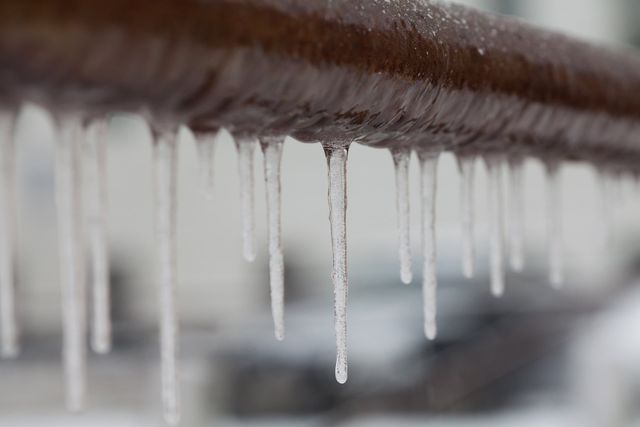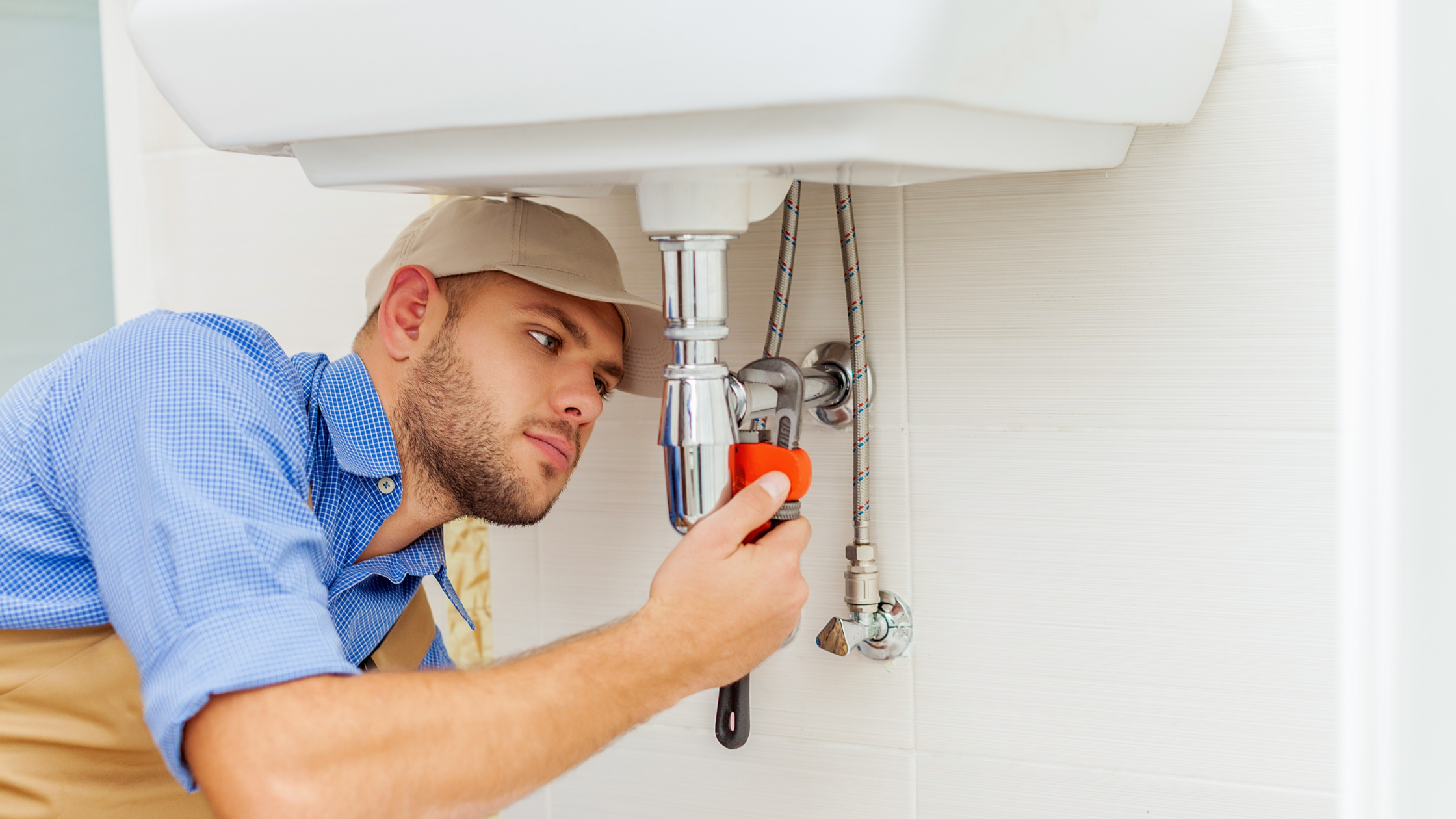An Top Winterizing Strategies: A Few Approaches to Protect Pipe Bursts
An Top Winterizing Strategies: A Few Approaches to Protect Pipe Bursts
Blog Article
They are making several great pointers about Prevent Freezing and Bursting Pipes as a whole in this great article underneath.

All home owners that live in temperate climates have to do their ideal to winterize their pipelines. It is something you must do throughout autumn prior to deep winter months truly starts. Failing to do so can lead to catastrophe like icy, broken, or ruptured pipes. Below are some convenient winterizing hacks to maintain your plumbing system safeguarded even if the weather condition outside is frightful.
Try a Hair Clothes Dryer or Heat Weapon
When your pipes are virtually freezing, your trusty hair clothes dryer or warm gun is a godsend. If the warm towels do not help remove any resolving ice in your pipelines, bowling warm air straight right into them may aid. You may finish up damaging your pipelines while trying to melt the ice.
Open Cabinet Doors Hiding Plumbing
When it's cold outside, it would certainly be practical to open closet doors that are concealing your pipelines. Doing this tiny technique can keep your pipes warm and also restrict the potentially dangerous outcomes of freezing temperatures.
Take Time to Wrap Exposed Water Lines
One great and very easy hack to heat up freezing pipes is to wrap them with cozy towels. You can cover them initially with towels. After securing them in place, you can pour boiling water on the towels. Do it slowly to allow the towels take in the liquid. You can likewise use pre-soaked towels in hot water, just don't forget to wear safety gloves to safeguard your hands from the heat.
Switch on the Faucets
When the temperature decreases and also it seems as if the frigid temperature level will last, it will certainly help to transform on your water both inside as well as outdoors. This will certainly keep the water flowing through your plumbing systems. You'll finish up wasting gallons of water this method.
When Pipes are Frozen, shut Off Water
Shut off the major water shutoff right away if you see that your pipelines are entirely icy or almost nearing that stage. You will usually find this in your basement or laundry room near the heating system or the front wall surface closest to the street. Transform it off immediately to prevent further damage.
With more water, more ice will certainly stack up, which will eventually lead to break pipelines. If you are uncertain about the state of your pipelines this winter season, it is best to call a specialist plumber for an assessment.
All homeowners that live in warm environments need to do their ideal to winterize their pipes. Failing to do so can spell catastrophe like frozen, broken, or ruptured pipelines. If the hot towels do not help remove any resolving ice in your pipes, bowling warm air directly into them might help. Turn off the major water valve instantly if you notice that your pipes are entirely frozen or virtually nearing that stage. With more water, more ice will stack up, which will eventually lead to rupture pipelines.
PREVENT YOUR PIPES FROM FREEZING THIS WINTER
A Leading Cause of Property Damage
When the weather is taking a deep nose dive into the cold dreary days, the risk of your pipes freezing and potentially bursting skyrockets. Unfortunately, during these cold dreary months, burst pipes are the most common denominator for property damage. The pipes that are most at the risk are those that are in areas where it is most cold in your home. For instance, pipes located in interior places such as basements, attics, and your garage. Unfortunately, that doesn’t mean that the pipes running through your cabinets or exterior walls can’t freeze. Good news, however, is that you can do things to help prevent pipes from freezing.
How to Prevent Pipes From Freezing
Once the temperature starts to drop during the winter, you should be taking the proper measures needed to ensure that your pipes stay warm and that there is circulation of water through them. Some steps that experts may recommend could go against your better judgement when it comes to saving water and heat. However, it would go without saying that when expenses are compared, damaged pipes could put a bigger dent in your wallet than a water bill.
What Can I Do?
Keep your garage door closed. This is very important, especially if you have water supply lines running through your garage. Open your kitchen and bathroom cabinets to allow warm air to circulate through them. Allow air circulation throughout your home. Keeping the interior doors open will once again allow the warm air to circulate inside your home. Ensure your thermostat is running the same temperature throughout the night and day. If you plan to be away from home during the cold months, set your temperature no lower than 55° F. This should provide enough heat to keep the pipes warm and prevent any remaining water inside the pipes from freezing. For more of a long-term solution, add insulation to attics, basement, and other crawl spaces around your home. By allowing your faucet to drip, it will alleviate pressure in the system. This is important because the pressure that is created between the blockage and the faucet can potentially cause the pipes to burst. Allowing the faucet to drip will prevent the pressure from building up, therefore keeping the pipes from bursting. Seal any cracks, openings, and crawl spaces around your home to prevent cold air from coming inside. This keeps your pipes-not to mention your home-warmer and less susceptible to issues caused by freezing temperatures. For the pipes in your home that are easily accessible, applying electrical tape to them might prevent them from freezing over. This is a quick fix, as you can apply the tape directly to the pipe. There are two options for heating tapes. One turns on and off by itself when it senses heat is needed. The other type of heating tape needs to be applied when heat is needed and removed when not necessary. If you have exposed pipes in your home, you can check this website to take a look at a few options that would be available at a shop near you.

Hopefully you liked our part on Prevent Freezing and Bursting Pipes. Thank you so much for taking the time to browse our content. Don't hesitate to take the opportunity to share this page if you appreciated it. Thanks a lot for taking the time to read it.
Automated Marketing Report this page